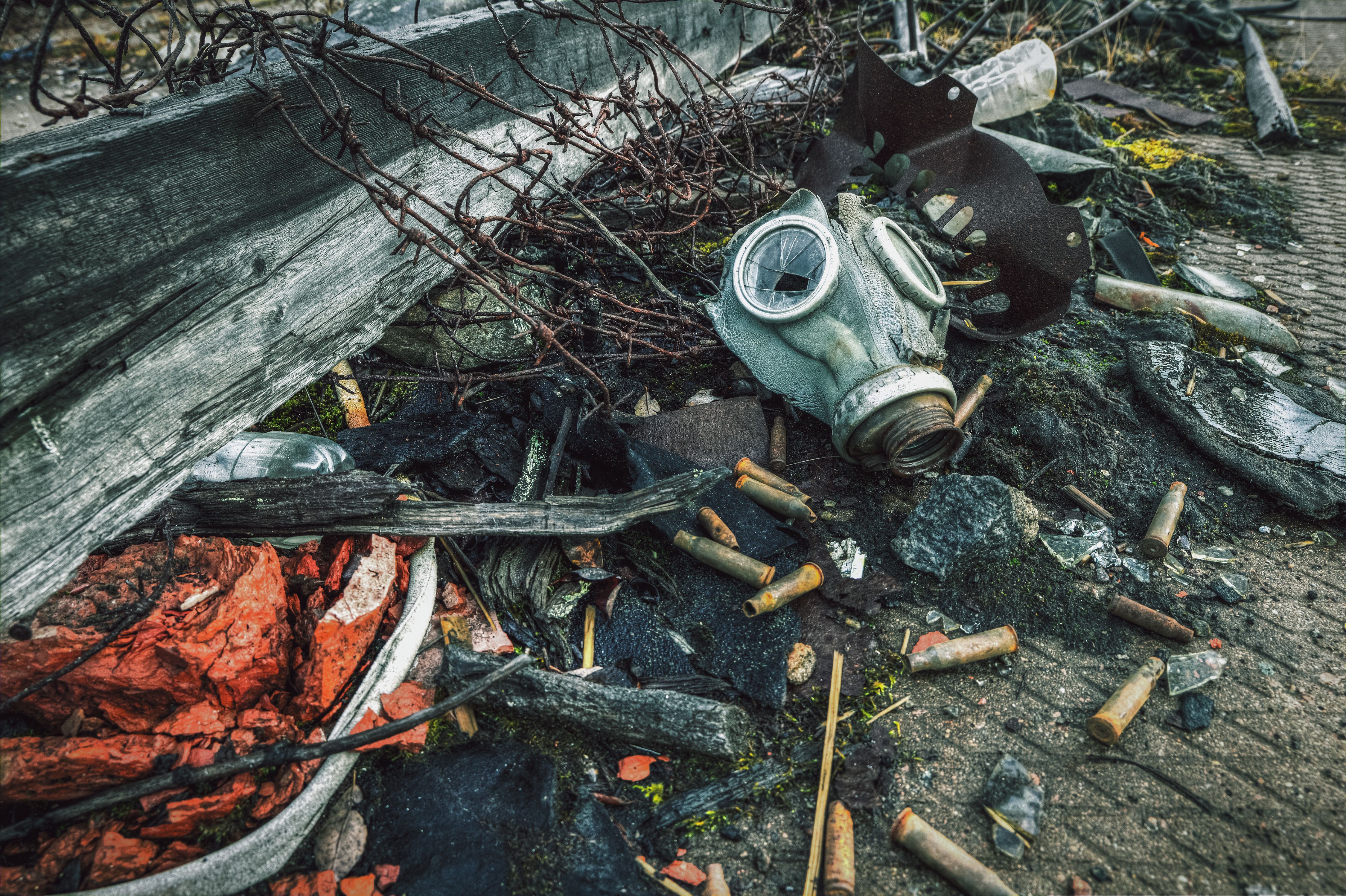New Technique is Described for Analyzing Nuclear Fuel Debris Using Microwaves and Laser-Induced Spectroscopy
A study shows that microwave-enhanced laser-induced breakdown spectroscopy (MWE-LIBS) can effectively analyze zirconium metals and oxides in nuclear fuel debris. The study found that microwaves lower the excitation temperature and increase ionization of zirconium, resulting in consistent enhancements in zirconium emissions with a higher signal-to-noise (S/N) ratio across all sample types.
A recent study published in the Journal of Analytical Atomic Spectrometry describes a new method for analyzing nuclear fuel debris using microwave-enhanced laser-induced breakdown spectroscopy (MWE-LIBS) (1). The study, led by Yuji Ikeda from i-Lab., Inc. in Kobe City, Japan and the Japan Atomic Energy Agency (JAEA) in Tomioka, Japan, aimed to understand the effects of microwaves on plasma emission intensity between zirconium metal and zirconium oxide.
After a nuclear war. The old gas mask and ammunition among the ruins | Image Credit: © nouskrabs - stock.adobe.com

MWE-LIBS is a technique used for elemental analysis of solid samples. It combines the use of a laser pulse to ablate the sample surface and create a plasma with microwave radiation to enhance plasma emission intensity. The technique allows for the analysis of various sample types, including metals and oxides, and is particularly useful in analyzing nuclear fuel debris mixtures. The microwaves affect both metals and oxides similarly by lowering the excitation temperature and increasing ionization, resulting in consistent enhancements in atomic, ionic, and molecular emissions.
The MWE-LIBS technique has been designed for analyzing nuclear fuel debris mixtures of metals and oxides, which is a challenging task because of the complex nature of nuclear fuel rods. Previous studies have shown zirconium excitation and ionization enhancement by microwaves, but the effects between metals and oxides were unclear. The study examined MWE-LIBS on various zirconium sample types, including metals and oxides.
Preliminary results by 3D microscope imaging suggest that MWE-LIBS may potentially reduce crater formation, although further investigation is needed to confirm this effect. The results from high-resolution spectrometer analysis also showed consistent enhancements in zirconium atomic, ionic, and molecular emissions, regardless of sample type. The intensity emission was increased over 100 times, resulting in low continuum emissions for all sample types.
Microwave irradiation did not significantly affect continuum background emissions but caused a significant increase in zirconium emission lines, leading to a higher signal-to-noise (S/N) ratio across all sample types. Microwaves affect zirconium metals and oxides similarly, lowering the excitation temperature and increasing ionization, despite their different melting temperatures. This study highlights the effectiveness of MWE-LIBS in analyzing zirconium metals and oxides in nuclear fuel debris.
The MWE-LIBS technique provides a nondestructive and rapid method for analyzing nuclear fuel debris samples, which can improve the understanding of nuclear fuel behavior in extreme environments. This study provides a basis for further research on the application of microwave-enhanced laser-induced breakdown spectroscopy for the analysis of other metals and oxides in nuclear fuel debris and other applications.
Reference
(1) Ikeda, Y.; Soriano, J. K.; Wakaida, I. Plasma emission intensity expansion of Zr metal and Zr oxide via microwave enhancement laser-induced breakdown spectroscopy. J. Anal. At. Spectrom. 2023, ASAP. DOI: 10.1039/D3JA00031A
Laser Ablation Molecular Isotopic Spectrometry: A New Dimension of LIBS
July 5th 2012Part of a new podcast series presented in collaboration with the Federation of Analytical Chemistry and Spectroscopy Societies (FACSS), in connection with SciX 2012 — the Great Scientific Exchange, the North American conference (39th Annual) of FACSS.